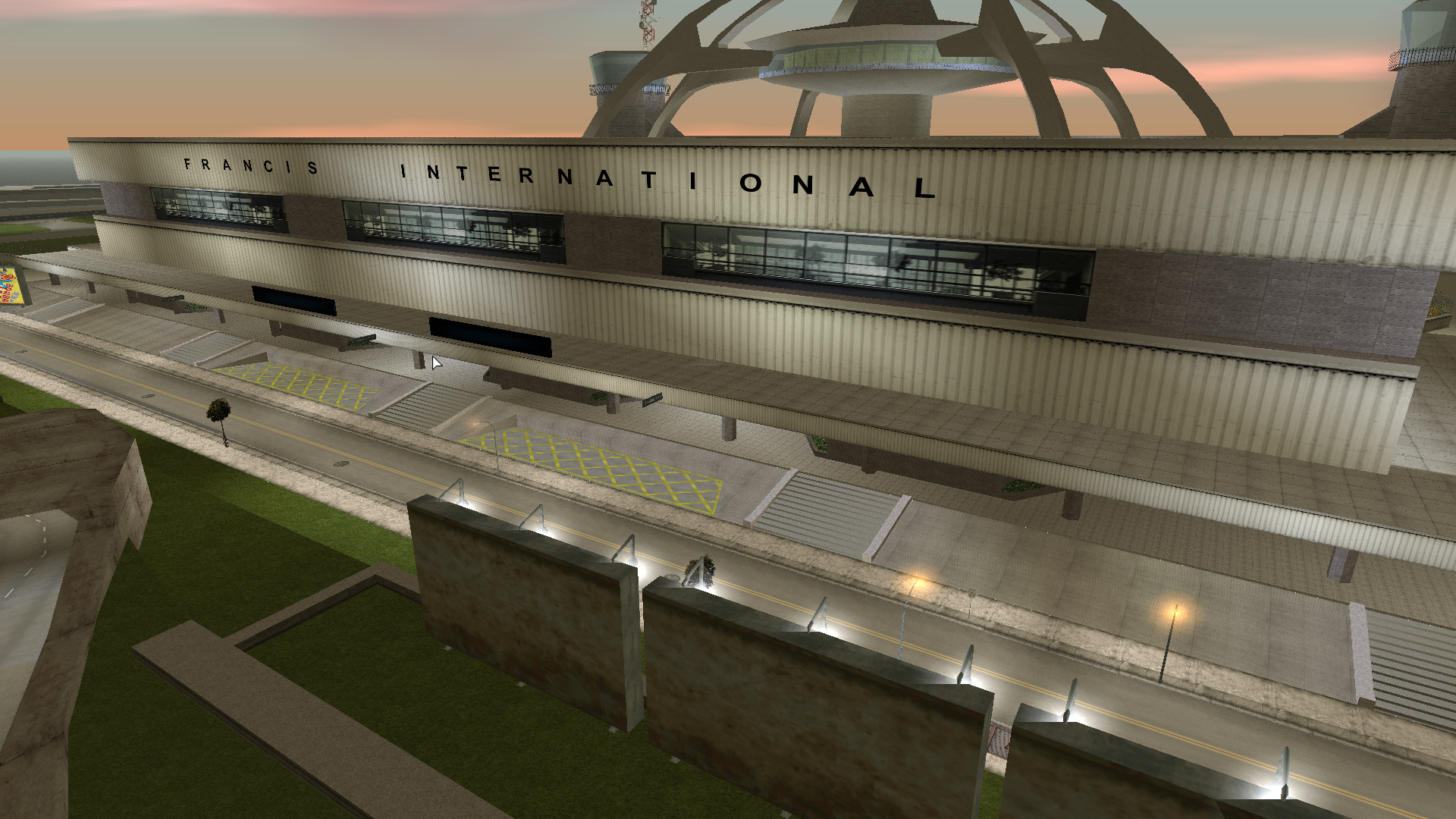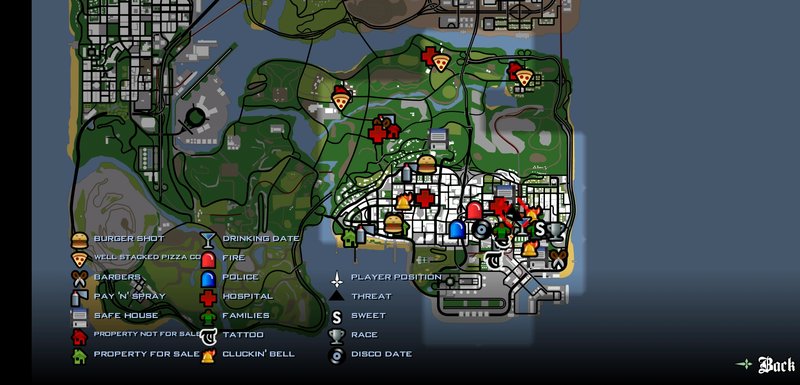


Stress on the San Andreas fault causes right-lateral motion.Shear stress is acting on the opposing earthen blocks.Motion along a strike-slip fault is horizontal.These faults are formed by horizontal compression. The walls of rock move to the left relative to one another, or to the right relative to one another. Strike-slip faults are found along boundaries of tectonic plates sliding past each other.Ī strike-slip fault is a vertical fracture in the earth’s crust that creates horizontal motion, along the line of the fault. It can cause powerful earthquakes-as big as magnitude 8-that would affect high population communities in SoCal.Ī San Andreas earthquake would be classified as occurring on a strike-slip fault. The Southern San Andreas slices through Los Angeles County along the north side of the San Gabriel Mountains. The cities of Desert Hot Springs, San Bernardino, Wrightwood, Palmdale, Gorman, Frazier Park, Daly City, Point Reyes Station and Bodega Bay rest on the San Andreas fault line. The San Andreas runs deep near and under some of California’s most populated areas. See Your Local Earthquake Risk San Andreas fault line map The two plates crisscross with dozens of active and passive earthquake faults. San Francisco, Sacramento and the Sierra Nevada are on the North American Plate. San Diego, Los Angeles and Big Sur are on the Pacific Plate. This fault is one of the largest faults in the world, running more than 800 miles from the Salton Sea to Cape Mendocino. Since then, the North American plate has ground against the Pacific plate at a boundary called a strike-slip fault. The San Andreas fault line formed about 30 million years ago as the North American plate engulfed nearly all of the Farallon plate. Pinnacles National Monument in Monterey County is only half of a volcanic complex, the other part being 200 miles southeast in Los Angeles County and known as the Neenach Volcanics.When we think of the next big earthquake, we think of the San Andreas fault. The Salinian block of granite in central and northern California originated in Southern California, and some even say northern Mexico. Being about 28 million years old, rocks from great distances have been juxtaposed against rocks from very different locations and origins. The hallmark of the San Andreas Fault is the different rocks on either side of it. In San Bernardino and Los Angeles Counties, many of the roads along the fault cut through great mountains of gouge, the powdery, crumbled rock that has been pulverized by the moving plates. In other places, it is more subtle because the fault hasn’t moved in many years and is covered with alluvium, or overgrown with brush.
SAN ANDREAS MAP SERIES
In many places like the Carrizo Plain (San Luis Obispo County) and the Olema Trough (Marin County), the fault is easy to see as a series of scarps and pressure ridges.

But communities like Desert Hot Springs, San Bernardino, Wrightwood, Palmdale, Gorman, Frazier Park, Daly City, Point Reyes Station and Bodega Bay lie squarely on the fault and are sitting ducks. And despite San Francisco’s legendary 1906 earthquake, the San Andreas Fault does not go through the city. It slices California in two from Cape Mendocino to the Mexican border. The San Andreas Fault is the sliding boundary between the Pacific Plate and the North American Plate. Map copyright by David Lynch ( click to enlarge). The arrows show the directions of relative motion along the fault. Areas to the west (left) of the fault are part of the Pacific tectonic plate. Areas to the east (right) of the fault are on the North American tectonic plate. San Andreas Map: The red line on this map follows the surface trace of the San Andreas Fault across California.


 0 kommentar(er)
0 kommentar(er)
